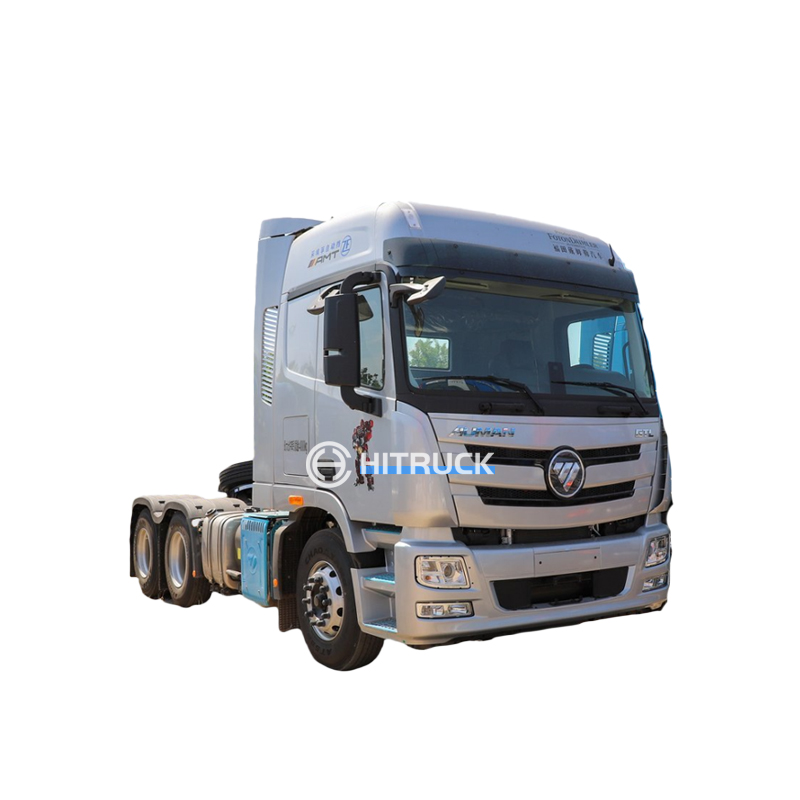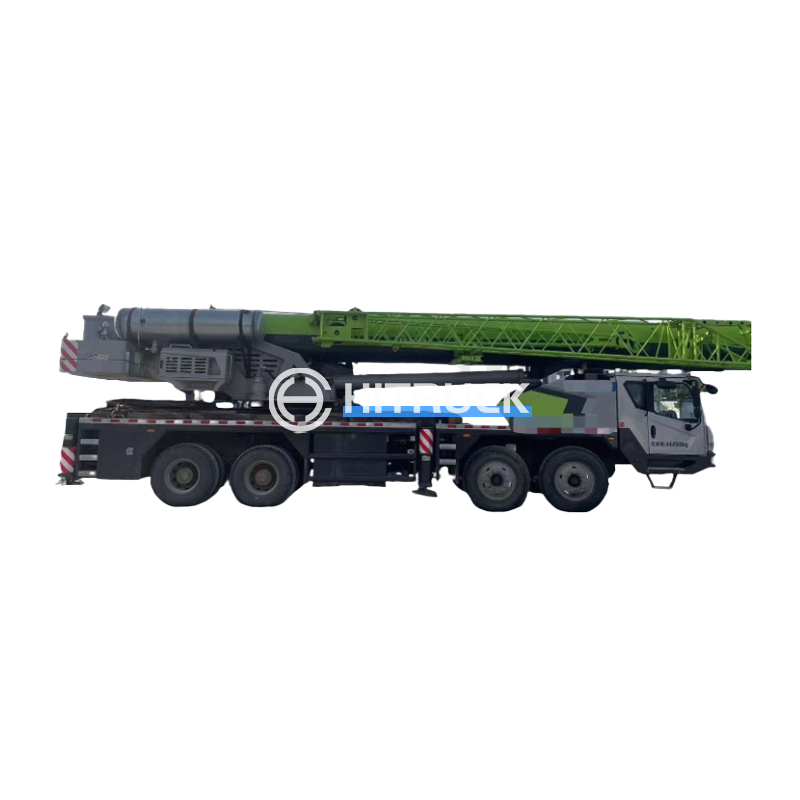Learn about the groundbreaking advancements in fire suppression technology with the development of the first electric fire truck. This comprehensive guide explores the history, benefits, challenges, and future implications of this innovative vehicle, examining its impact on emergency services and environmental sustainability.
While the concept of electric fire trucks isn't entirely new, the development of truly practical and effective models has been a recent achievement. Early attempts faced limitations in battery technology and power output. However, advancements in battery technology, particularly in lithium-ion batteries, have enabled the creation of first electric fire trucks with sufficient power and range to meet the demands of firefighting operations.
The early years saw prototypes with limited success, hampered by insufficient battery life and charging infrastructure. These early models often compromised on either power or range, rendering them unsuitable for real-world applications. The development of high-capacity, rapidly rechargeable batteries was crucial in overcoming these hurdles.
The shift towards electric fire trucks represents a significant step forward in emergency response, offering several key advantages:
Electric fire trucks drastically reduce greenhouse gas emissions compared to their diesel counterparts. This contributes to cleaner air in urban areas and aligns with global efforts to reduce carbon footprints. The quieter operation also minimizes noise pollution during emergency responses.
Electricity is typically cheaper than diesel fuel, leading to significant savings in operating costs. Reduced maintenance needs due to fewer moving parts further contribute to long-term cost-effectiveness. This makes electric fire trucks a fiscally responsible investment for fire departments.
Electric motors provide instant torque, resulting in quicker acceleration and improved maneuverability in tight urban environments. This enhanced agility can be crucial in reaching emergency sites quickly and efficiently.
Despite the numerous advantages, some challenges remain:
While battery technology has improved significantly, extending the range and operational time of first electric fire trucks remains an ongoing area of development. Ensuring sufficient power for extended operations and rapid recharging capabilities are critical factors.
The widespread adoption of electric fire trucks requires a robust charging infrastructure at fire stations and potentially in strategic locations throughout a city. Investing in appropriate charging solutions is essential for seamless operation.
The initial purchase price of an electric fire truck is currently higher than that of a diesel model. However, long-term cost savings from reduced fuel and maintenance expenses can offset this initial investment over time. The total cost of ownership needs to be carefully evaluated.
The future looks bright for electric fire trucks. Ongoing advancements in battery technology, coupled with improving charging infrastructure and decreasing manufacturing costs, are poised to accelerate their adoption. We can anticipate seeing more sophisticated models with longer range, faster charging times, and increased power capacity in the coming years. This technology is set to revolutionize the field of emergency response, creating a safer and more sustainable future.
For more information on innovative vehicles and equipment, visit Suizhou Haicang Automobile sales Co., LTD.
| Feature | Electric Fire Truck | Diesel Fire Truck |
|---|---|---|
| Emissions | Zero tailpipe emissions | Significant greenhouse gas emissions |
| Running Costs | Lower fuel and maintenance costs | Higher fuel and maintenance costs |
| Acceleration | Instant torque, quicker acceleration | Slower acceleration |












